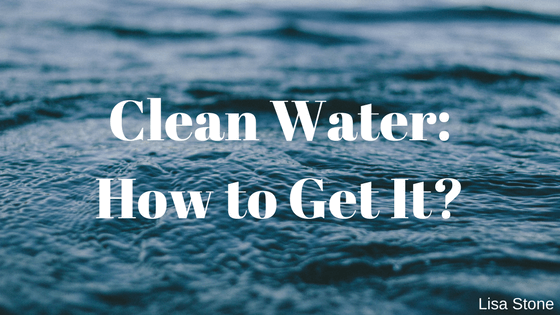Our world’s clean water supply is at a dangerous level. There are 783 million people in the world who have no access to clean water. Add on to that number the 2.5 billion who don’t have access to proper sanitation and, we’ve got a real problem. 3.5 million people die each year because of the inadequate or nonexistent water supply, sanitation, and hygiene. In fact, only 67% of the world’s population has access to sanitation. Out of 7.6 billion people on this planet, over 2 billion are still left without access to proper sanitation.
If we had clean water available to each country and each area that lacks it, water-related deaths would decrease by 27%. Sanitation would decrease water-related deaths by 37% and, even simple hand-washing would decrease water-related deaths by 35%. These are some hard facts but, we need to face them.
- Diarrhea is the leading cause of illness and death
- 30,000 deaths occur every week from unsafe and unhygienic living conditions
- 90% of deaths are children under the age of five
One organization that strives and aims to provide clean water to as many places as possible is charity: water. This organization funds water programs in 24 countries globally including in Africa, Asia, Central America and South America. They take into account the scarcity of clean water, poverty, political stability, and strong partner organizations in their decisions on where to focus their efforts. They focus on providing rural communities with their first access to clean water.
The have a slightly different approach than most clean water initiatives and organizations. As mentioned earlier, they first choose a location on a list of specifics. Terrain plays a major part in selecting a location as well as cultural factors. charity: water ensures that the local community is comfortable with the level of technology design.
When selecting partners, charity: water selects them based on how well they can and will support their mission. It’s as simple as that.
After selecting partners, charity: water and their partners get to work on establishing their best practices. This just means their work with experts to determine which approach is going to be most effective to deliver clean water and sanitation to an area. Once that’s been decided, determining the project costs comes next. Yes, most of the cost goes to materials (approx 48%). However, there are other costs such as salaries for engineers, community organization, and even training mechanics to run the technology.
Following timelines is an important step for charity: water. The entire process takes roughly 21 months. The reason it takes “so long” is because charity: water wants to ensure they are doing the right thing. They spend months establishing community buy-in and promoting safe hygiene practices. They also build water committee capacity to manage projects. This helps when it comes to working with local government. This is a crucial part of keeping the “water flowing,” as it were. The partners join the community, district, and regional leaders to plan out projects. This strengthens the local ownership of the water initiatives in each selected area.
Perhaps the greatest thing about charity: water is that when a project is completed, they map it on Google Maps for supporters to see the exact spot where the work was done, what project was done, and what people helped.
Clean water is possible. We just have to make an effort to bring some of those ideas and implement them in areas where we, as the United States, could use them.
